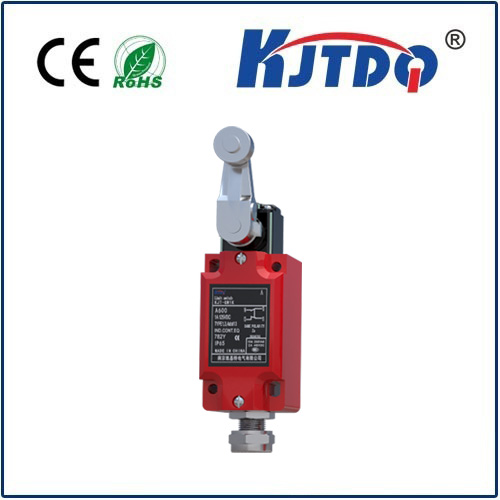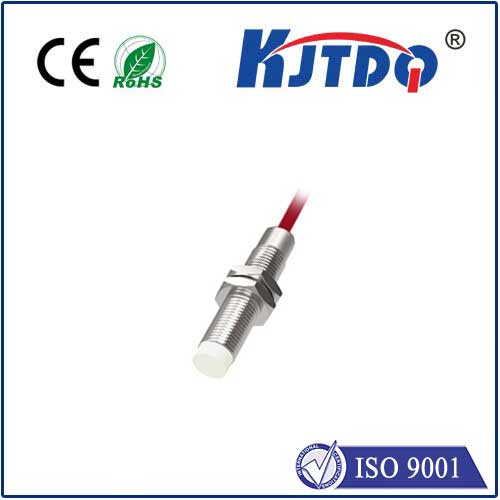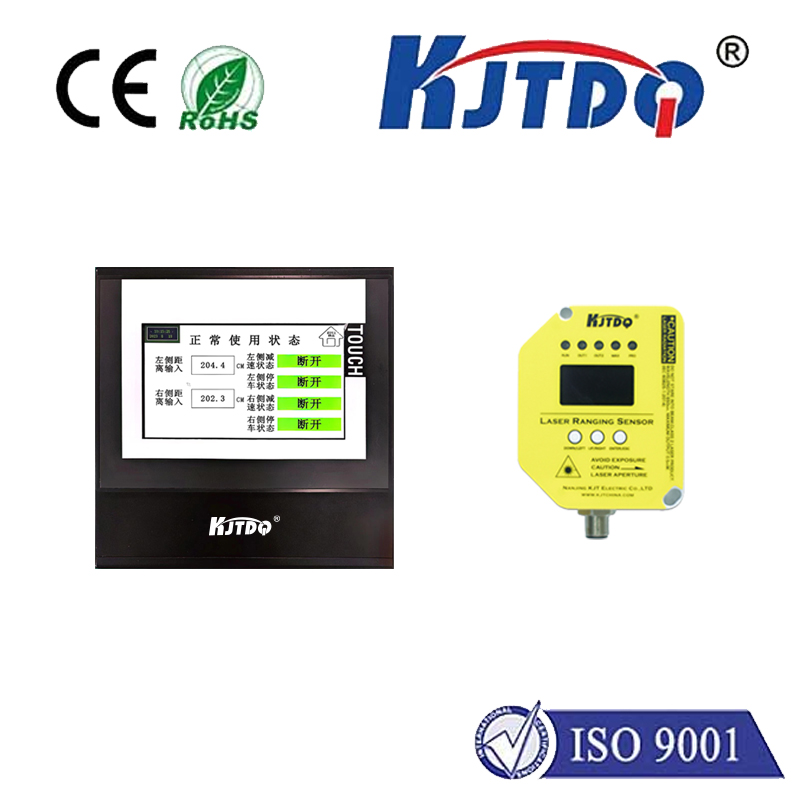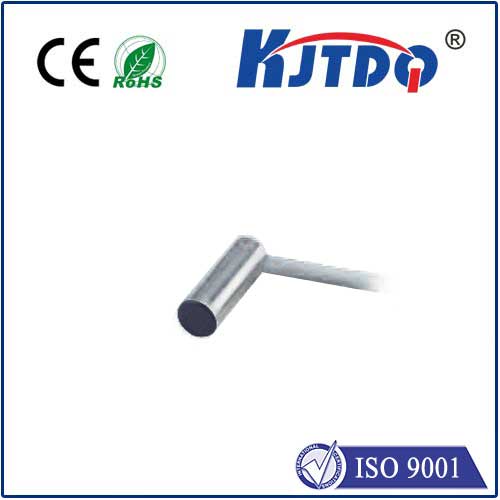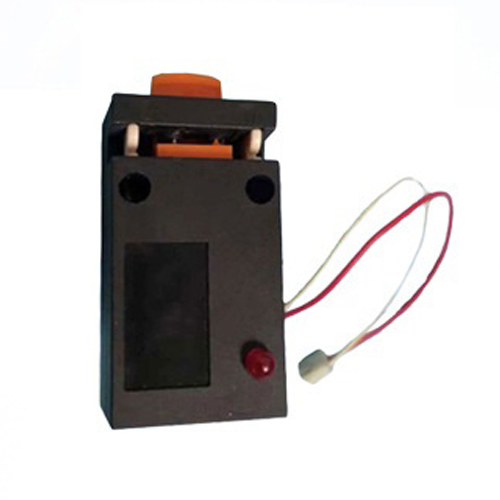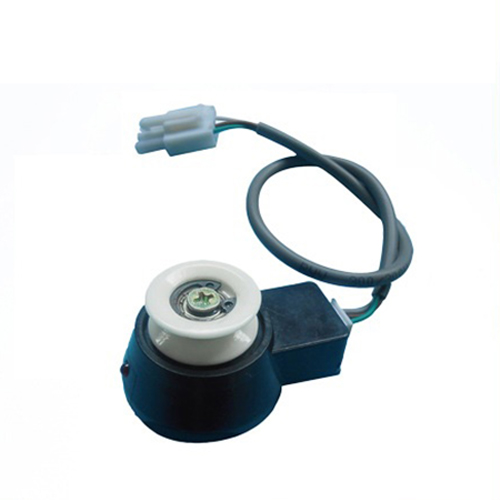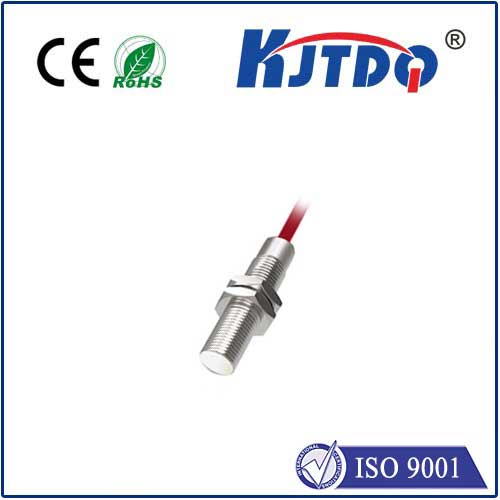

check

check

check

check

check

check

check

check

check

check
Have you ever struggled to find reliable sensing solutions in tight automation spaces? In the intricate dance of modern manufacturing and logistics, detecting objects accurately where space is at a premium is a constant challenge. The E3FA-DP16 2M small photoelectric sensor emerges as a potent answer, blending essential detection capabilities with a remarkably compact footprint to deliver dependable performance where larger sensors simply cannot fit.
Photoelectric sensors are fundamental workhorses in automation, using light beams to detect the presence, absence, distance, or position of objects without physical contact. The “E3FA-DP16” designation identifies this specific model within a broader family of sensors, signifying its core characteristics. Crucially, the “2M” indicates its effective sensing range of up to 2 meters, providing significant flexibility for various applications. Most notably, the descriptor “small” is not an afterthought – it defines this sensor’s primary advantage. Engineered for ultra-compact installations, it excels in confined machinery areas, small assembly fixtures, or densely packed control panels where space is a critical constraint.
So, what makes the E3FA-DP16 2M such a valued tool in the automation engineer’s arsenal?

Where Does the E3FA-DP16 2M Small Sensor Truly Shine?
Its unique combination of compact size and capable range opens doors to diverse applications:
The Value Proposition: Why Choose a Compact Photoelectric Sensor?
Opting for a sensor like the E3FA-DP16 2M is fundamentally about solving spatial constraints without sacrificing essential functionality. Designers and engineers no longer need to compromise on detection range simply because the available mounting space is minimal. This sensor directly addresses the challenge of miniaturization in automation, enabling smarter, denser, and more efficient machine designs. Space optimization becomes a tangible reality, contributing to lower overall system footprint and potentially higher machine throughput by enabling detection points previously deemed impossible. Maintenance and troubleshooting are also streamlined thanks to the visible beam indicator and the simplicity of a single-unit diffuse sensor. Furthermore, its robust IP67 build ensures resilience, minimizing downtime and maintenance costs in demanding environments.
The E3FA-DP16 2M small photoelectric sensor exemplifies how targeted engineering can overcome persistent challenges in industrial automation. By masterfully blending a compact, space-saving form factor with a practical 2-meter sensing range and reliable diffuse-reflective operation, it provides a critical sensing solution where physical space is a premium commodity. It empowers engineers to implement precise object detection in locations once considered impractical, driving efficiency, enhancing safety, and enabling the next generation of compact, high-performance automated systems. Whether validating tiny components, guarding compact machine zones, or tracking objects across moderate conveyor gaps, this small sensor proves that powerful detection doesn’t always require a large footprint.
